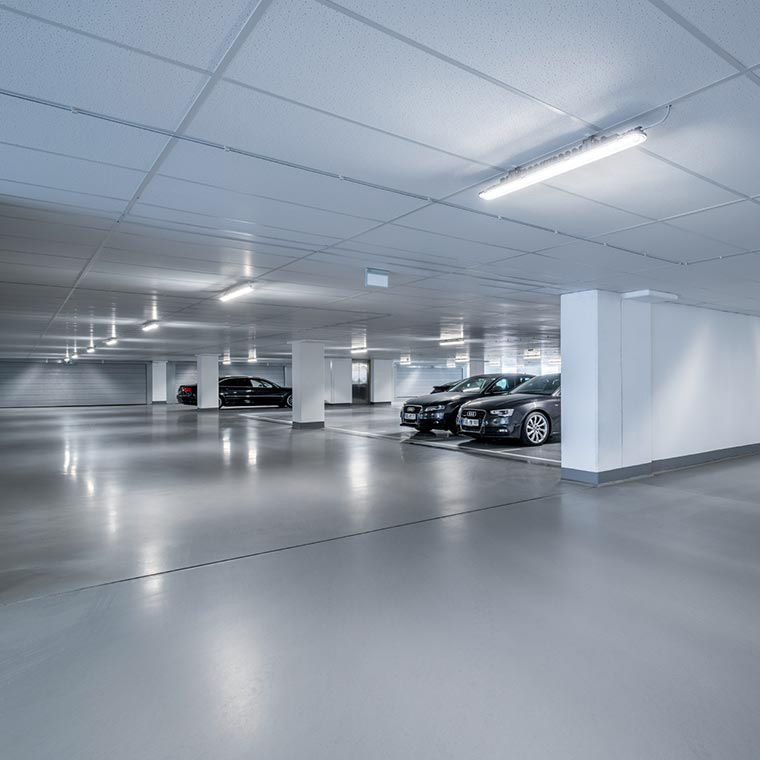Factory Lighting
- Jun-18-2023
- 710 visits
Factory lighting refers to the lighting system used in industrial facilities, such as factories, warehouses, production plants, and manufacturing units. It plays a crucial role in ensuring adequate illumination for tasks, promoting worker safety, improving productivity, and enhancing overall operational efficiency.
Choosing the correct lighting products for factories involves considering several important factors. Here are some key considerations:
Lighting Requirements: Assess the specific lighting requirements of your factory, including the type of tasks performed, the size and layout of the facility, and the desired light levels. Different areas within the factory may have varying lighting needs, such as production lines, storage areas, loading docks, or inspection stations.
Energy Efficiency: Opt for lighting solutions that offer high energy efficiency. LED lighting technology is widely recommended for its superior energy-saving capabilities compared to traditional lighting options like fluorescent or metal halide lights. LED lights consume less electricity, resulting in reduced energy costs and environmental impact.
Light Quality: Consider the quality of light provided by the lighting products. Look for lights with a high Color Rendering Index (CRI) that accurately represents the colors of objects and enhances visibility. Additionally, choose lights with proper color temperature to create an ideal working environment (e.g., warm white 2700K -3000K for relaxation areas, cool white 6000-6500K for task-oriented areas).
Illumination Levels: Determine the required light levels for different areas of the factory. This can be achieved by consulting lighting standards, such as those provided by the Illuminating Engineering Society (IES). Ensure that the selected lighting products are capable of delivering the desired illuminance levels throughout the facility.
Durability and Reliability: In industrial settings, lighting fixtures must be durable and able to withstand harsh conditions, such as temperature variations, humidity, dust, and vibrations. Look for lighting products that are built with robust materials, have high IP (Ingress Protection) ratings to resist dust and moisture, and are designed for industrial applications.
Maintenance and Lifespan: Consider the maintenance requirements and lifespan of the lighting products. LED lights generally have longer lifespans compared to traditional lighting options, reducing the frequency of replacements and maintenance. This leads to cost savings and minimizes disruptions to operations.
Lighting Controls: Evaluate the possibility of incorporating lighting control systems. Lighting controls allow for customization, such as dimming, scheduling, and occupancy sensing, which can further optimize energy efficiency and adapt to specific operational needs.
Compliance and Safety: Ensure that the chosen lighting products comply with relevant safety standards and regulations. Look for certifications like CB or VDE listings to ensure product quality and safety.
Budget Considerations: Determine the budget available for the lighting project and evaluate the return on investment (ROI) of different lighting options. While upfront costs may vary, it's important to consider long-term energy savings, maintenance costs, and the lifespan of the lighting products.
Expert Consultation: If you are unsure about the lighting requirements or the selection process, consult with lighting professionals or experts who can provide guidance and recommend suitable lighting solutions based on your specific needs.
By considering these factors, you can make an informed decision when choosing the correct lighting products for your factory, creating a safe, productive, and energy-efficient lighting environment.








